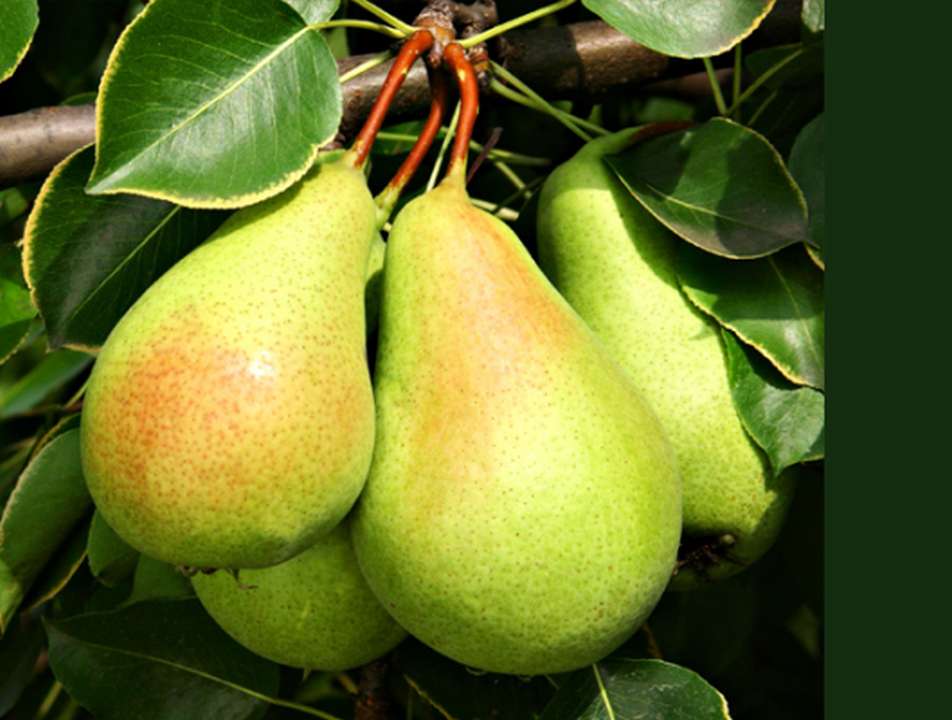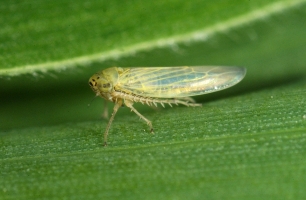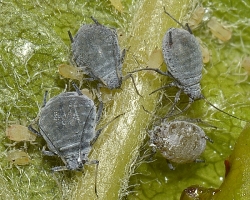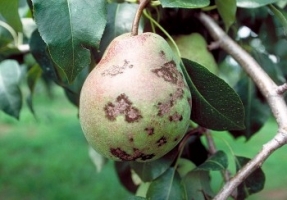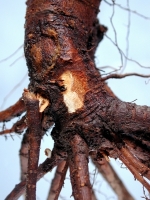Fertilizer Requirement
|
Age of the crop
(Year)
|
Well decomposed cow dung
(in kg)
|
UREA
(in gm)
|
SSP
(in gm)
|
MOP
(in gm)
|
| First to three year |
10-20 |
100-300 |
200-600 |
150-450 |
| Four to six |
25-35 |
400-600 |
800-1200 |
600-900 |
| Seven to nine |
40-60 |
700-900 |
1400-1800 |
1050-1350 |
| Ten and above |
60 |
1000 |
2000 |
1500 |
When Crop is 1-3 year, apply 10-20 kg of well decomposed cow dung, 100-300 gm of Urea, SSP@200-600 gm, MOP@150-450 gm per Tree. For 4-6 year old crop, apply 25-35 kg of cowdung, Urea@400-600 gm, SSS@800-1200 gm and MOP@600-900 gm per Tree. For 7-9 year old crop, apply Cowdung@40-60 kg, Urea@700-900 gm, SSP@1400-1800 gm, MOP@1050-1350 gm per tree. For 10 year and above, apply 60 kg of Cowdung, Urea@1000 gm, SSP@2000 gm, MOP@1500 gm per tree.
Apply whole amount of cowdung, SSP and MOP in December Month. Apply half dose of Urea before flowering i.e in early February and remaining half dose after fruit set i.e in April Month.

